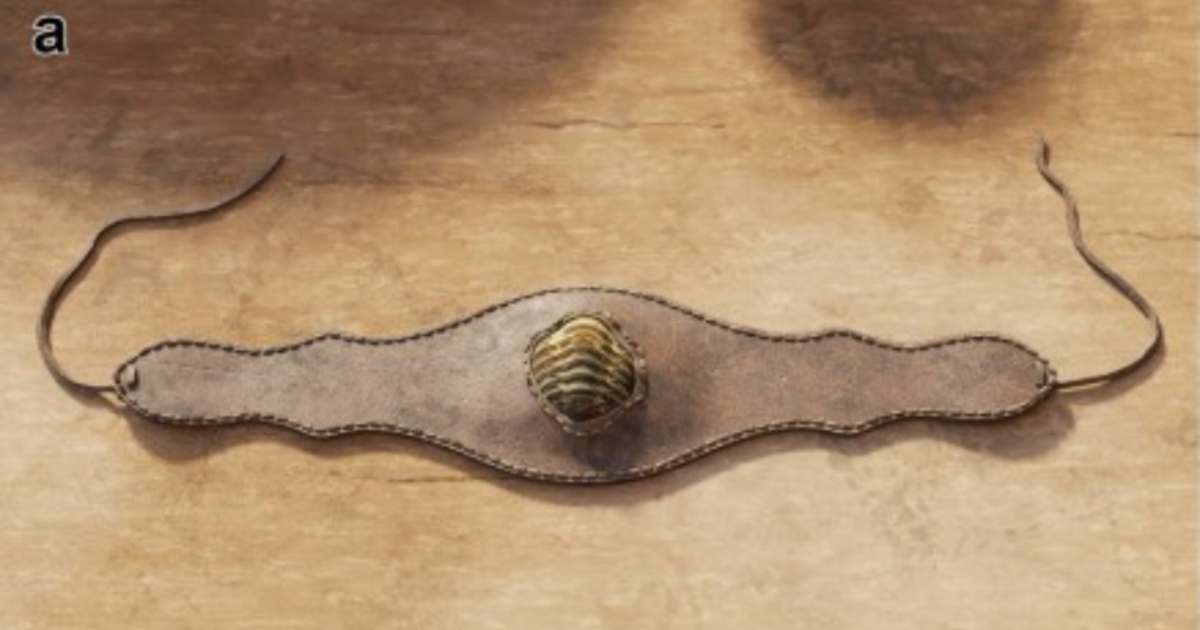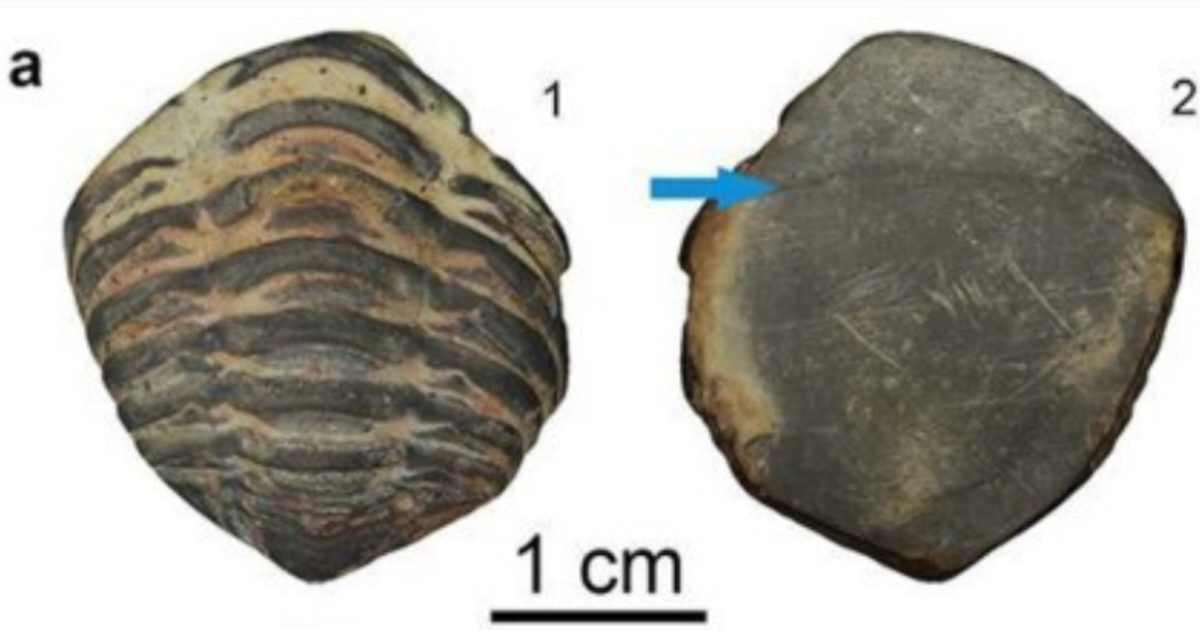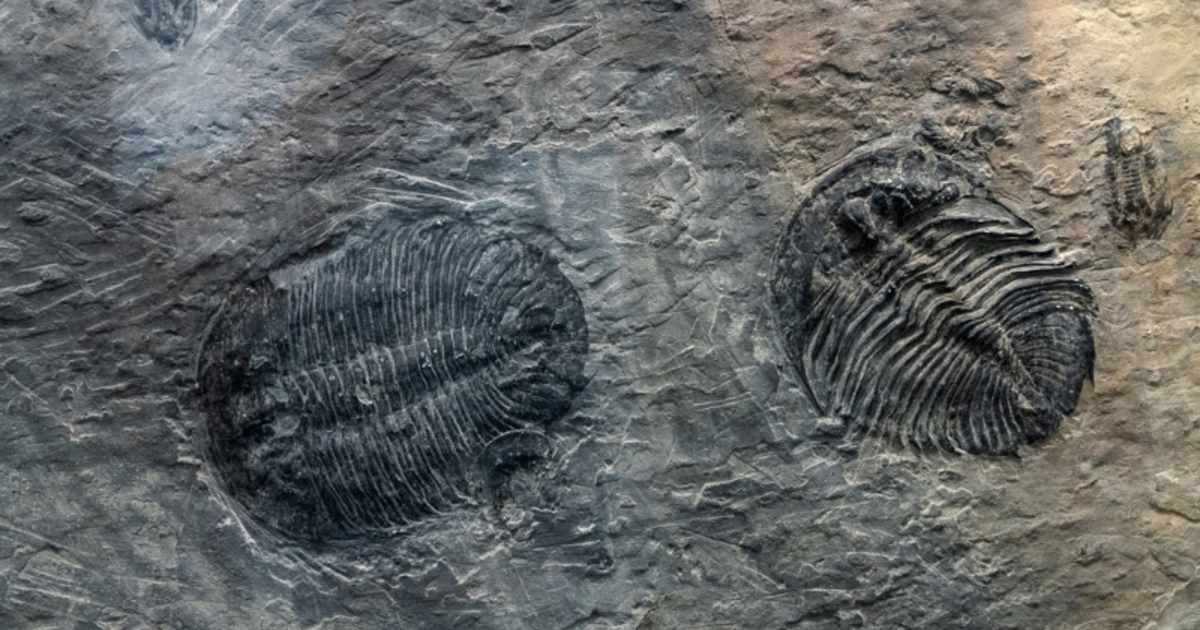Archaeologists Unearth 2,000-Year-Old Rare Roman Era Trilobite That May Have Been Worn as Protective Amulet

During an excavation project at a 2,000-year-old settlement in Spain, a team of archaeologists came across a specimen that was confirmed to be the first-ever trilobite fossil from the Roman era. It was part of a necklace or bracelet that was intentionally adjusted to be used as a magical pendant for protection during that time. Further analysis and study were published in the journal Archaeological and Anthropological Sciences.

The Mystery Behind the Pendant
The prehistoric trilobite fossil was unearthed from the archaeological site of A Cibdá de Armea, which was a thriving metal-mining region in Galicia that grew and flourished between the 1st and 3rd centuries CE, as reported by IFL Science. Though the fossil dates back to the Middle Ordovician period, which was over 450 million years ago, it is said to have originated from central Iberia, which was around 267 miles from Armea. The researchers believe that it might have reached this region through traders or settlers from Lusitania. The new study reported that this discovery is the third known finding of a trilobite fossil being intentionally used by people more than thousands of years ago, especially in the Roman context.

“The modifications observed on the underside of the specimen, which exhibits up to seven artificial wear facets to flatten and shape the fossil, are interpreted as indicating its possible use within a pendant or bracelet, likely serving as an amulet with magical or protective properties,” remarked the researchers. This opinion is supported by the global archaeological record, which has a small number of trilobites that were said to be used as pendants by Stone Age Europeans and Native Americans as protective amulets.
Expert Opinions
Even though there is a lack of holes or perforations on the fossil, the researchers insist that the trilobite fossil most likely might have been used as jewelry, as most specimens seem to be mounted in one form of metal or another. “[R]egardless of how the trilobite may have been mounted or not, it was certainly intended to serve one of the potential functions outlined above; as a magical, propitiatory, and apotropaic object (as a talisman or amulet with a supernatural purpose),” the researchers further added. Another alternative approach by the researchers was that the fossils may have been used as a die or token in an ancient Roman board game, such as Ludus Latrunculorum, which is similar to chess, or Terni lapilli, which resembled tic-tac-toe. Games of that era usually used game pieces made from mammoth teeth and other fossils, which had been previously found at Roman sites in Poland. However, it is hard to say if the Armea trilobite’s purpose could have been for games entirely.

The Historical Fossil’s Interpretation
Despite no other trilobite fossils having been recorded from these Roman sites, the people of this ancient empire were fascinated by these trilobite fossils. The famous Emperor Augustus was reported to have been a keen fossil collector, and according to the study authors, even founded what is now understood as the first paleontological museum in that era.